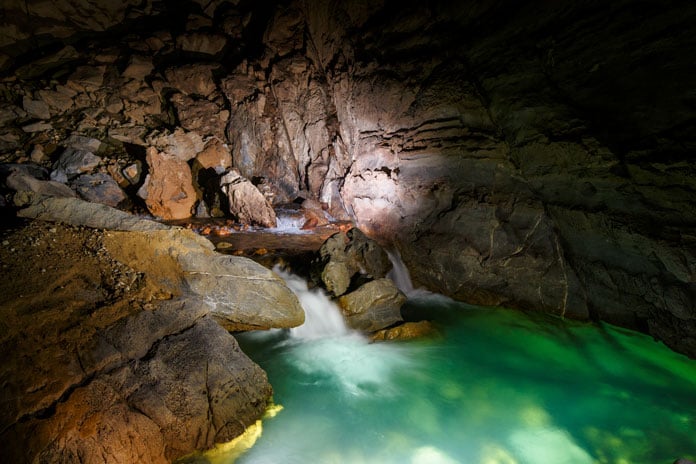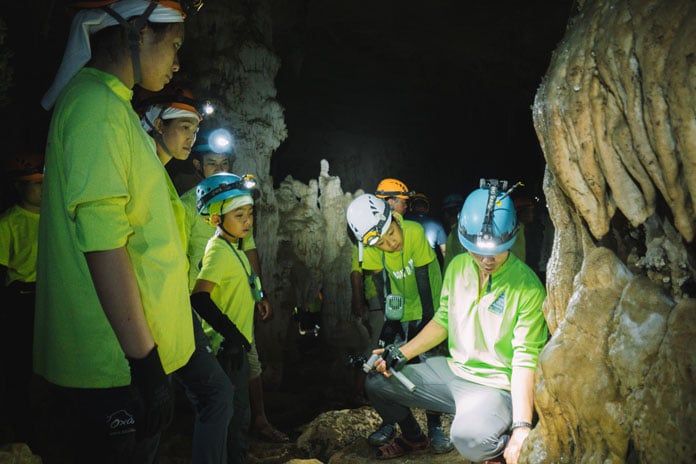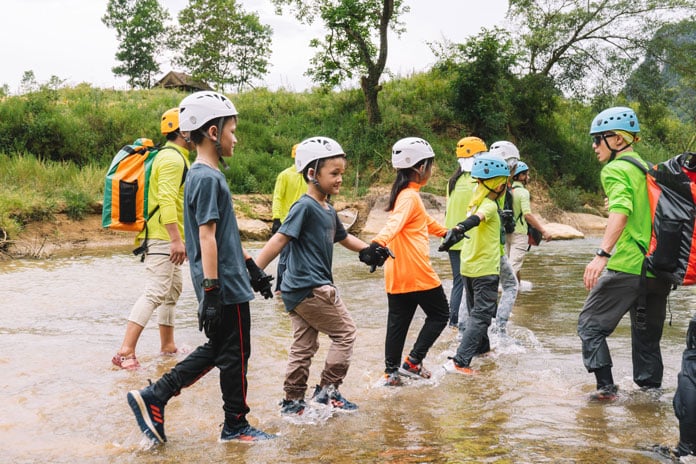The History Of Ban Doong Village - Story In Son Doong Tour
Ban Doong Village in Quang Binh was established in 1992 by an ethnic minority group of Bru Van Kieu people who moved from the area of Quang Ninh District, Quang Binh Province to the area of Hung Doong (“hung” means valley) to reside after their village was severely flooded. Ban Doong Village is located in the strictly protected area of Phong Nha - Ke Bang National Park's core zone. The village's population has increased from its original 5 inhabitants to 52 individuals living in 12 homes as of the year 2022. The Bru-Van Kieu group's traditional characteristics have remained in present village life.
The livelihood of the people in Ban Doong village.
The ancient land of the Arem
The area of Doong, Hang En, Ruc (village 39) or Ban was formerly a nomadic living area of the Arem ethnic group, an ethnic group classified as the Chut ethnic group. The Arem people, who mostly relied on hunting and gathering for their livelihood, used to roam the forests (nowadays Phong Nha - Ke Bang National Park) to make a living. They didn't have any permanent houses, and they frequently occupied caverns where they would hunt for food by catching swallows perched in front of the cave mouths. Before the year 2000, in June, the Arem people braided rattan and forest ropes to hook into the cliffs to capture swallows.
With only 18 people left, the Arem people were on the verge of extinction when they were discovered by the army in 1956 during the war. At that time, the Arem people lived and were living a very primitive life such as living in caves, wearing clothing made of tree bark, and obtaining most of their food and water through foraging and hunting rather than cooking.
Today, the majority of the Arem people reside in the 39 village and Ban village neighborhood in the heart of Tan Trach Commune, Bo Trach District, and Quang Binh Province. The Arem people now increasingly consist of 85 houses with 332 members, live in communities, and depend primarily on livestock raising and shifting cultivation.
Ban Doong is the only village located in the core zone of Phong Nha - Ke Bang National Park.
History of the establishment
The Bru-Van Kieu is one of the three indigenous ethnic groups found in the mountainous regions of Quang Binh, Quang Tri and Thua Thien Hue. The Bru-Van Kieu people formerly resided in central Laos but were forced to relocate owing to historical ups and downs; some of them traveled to Thailand, while others headed northwest to Thailand. They were mainly concentrated in the western region of Quang Tri and developed settlements around the Vien Kieu mountain, afterwards known as Van Kieu people.
Mr. Nguyen Soai Trac (born in 1949) and his wife, Mrs. Ho Thi Vai (Bru Van Kieu), founded Doong Village in Phong Nha – Ke Bang in 1992. The village in the jungle was chosen to be established on a high mound close to the Rao Thuong stream and there is ancient forest all around in Hung Doong. Mr. Nguyen Soai Trac was honored to be named the head of Doong village - a great place in the middle of a jungle in Vietnam due to his pioneering work in founding the village. Village head Nguyen Soai Trac’s family had previously resided in Truong Son Commune, Quang Ninh District, Quang Binh Province, but one year his hamlet was destroyed by a large flood. Mr. Trac, together with 5 other Bru Van Kieu people made the decision to move to the Doong area (in Tan Trach Commune, Bo Trach District, Quang Binh Province). In the past, before the West branch of Ho Chi Minh Road was constructed, the villagers of Ban Doong ethnic minority village had to spend a few days trekking to reach the Phong Nha area to get food and other necessities, due to its location deep within the core zone of Phong Nha - Ke Bang National Park. Additionally, this is also the only route from Phong Nha to Doong Village. As a result, Ban Doong residents led a relatively solitary self-sufficient lifestyle.
In 2003, the west branch of the Ho Chi Minh Road was repaired and constructed. From here, the residents can travel 40 kilometers on motorcycles or in vehicles from Phong Nha to KM35 on the highway, then walk 4 kilometers up and down hills (Ba Gian) to reach Doong Village. Thanks to this renovation, getting to Ban Doong Village today has also become much easier.
In 2001, after the establishment of Phong Nha-Ke Bang National Park, the Doong Village officially became a part of a strictly protected primary forest area. Villagers were mobilized by the government to go to the delta to live, but due to their custom of living in the mountains for many generations, the locals chose to settle down here after all.
Doong village - Quang Binh in the present day
There have been 12 households and 52 people living in Doong village since 1992 - the year of the establishment of Ban Doong Village. In the region designated by the Park Management Board, people of Ban Doong live mostly as farmers; they can feed cattle, pigs, chickens, and other animals to sell to dealers in the lowlands.
The leader is Mr. Nguyen Soai Trac, often known intimately as "Bọ Tòa" - Father Toà (Toà is the name of his first son; in the hamlet, the elders are usually referred to by the first names of their firstborn children rather than by their real names). He is also considered the founder of Ban Doong.
The village now has solar power, which is primarily accessible on sunny days. It also has a mobile phone network invested by Viettel from 2021.
As for the temperature and environment, the Doong Village shares many of the same traits as the national park because it is isolated between the primary forest in the core zone of Phong Nha - Ke Bang National Park, and has four distinct seasons in the year; Spring, Summer, Autumn, and Winter. In particular, the weather and climate of Doong Village will occasionally be influenced by the weather of Laos because it is only about 25 kilometers from the Laos border. The residents of Ban Doong claim that this is a good and tranquil area to live, despite the fact that the weather can be considered to be a little severe. Therefore, the Bru-Van Kieu people chose this location to build a village and have remained here since the 1990s.
The villagers maintain a clean lifestyle and are concerned about environmental issues and sanitation. Following the Son Doong expedition in 2017, the Italian ambassador to Vietnam, Cecilia Piccioni, rallied her friends and helped Oxalis construct septic toilets for families so that residents of Ban Doong could use them. Even after many years, these restrooms are still extremely effectively used. Additionally, Oxalis has provided a system to provide clean water from an upstream stream for everyday use to the locals since 2014. Nowadays, Ban Doong's residents have a largely stable and sufficient way of life.
Ban Doong village in the middle of Phong Nha - Ke Bang National Park.
Tourism activities
Since 2011, Oxalis Adventure has offered a tour to explore Hang En; a tour to visit Son Doong Cave was added in 2013. Both trips stop for lunch in Doong Village, and Oxalis provides rest stops for visitors with three different families, which are rotated to guarantee fairness. Each household receives 1.5 million VND per month from Oxalis in exchange for using the space where the chef will serve lunch to visitors. When the Oxalis tour first went to Son Doong Cave many years ago, a few persons in Ban Doong participated in the activity of carrying tourists’ luggage (porters), but after a period, they thought they were not suited for the working environment and stepped down, but at the same time still offered their home as a resting and lunch location for the Oxalis tour.
The tours from Oxalis are now an essential part of village life, and visitors from all over the world make good friends with the locals. Except for tourism-related events, Oxalis frequently hosts fundraisers for sick families or emergencies, food distribution during the off-season and annual scholarships for every student in the village.
The Bru Van Kieu people in the village continue to practice their unique culture despite the effects of tourism over the past ten years. Children politely greet tourists with friendly smiles when they meet, especially children and adults who never ask for money or entice guests every time the group passes through the village. Therefore, the experience in Ban Doong is always a special highlight in the journey to conquer Son Doong Cave, the largest cave in the world. The tour guide also asks visitors not to offer candy or money to the local kids in order to prevent them from developing bad habits.
Ban Doong is a special highlight in the journey to Hang En Cave and Son Doong Cave.
Ban Doong Village school
In 2008–2009, Ban Doong School was founded. When it initially opened, the school, which was situated in a village in the heart of an ancient forest, had to borrow homes from the locals to provide an adult literacy program for those between the ages of 18 and 40. Since 2010, the general program for grades 1-9 has been formally implemented at Ban Doong School. A makeshift classroom made of wood with a palm-leaf roof was constructed in the summer of 2013 with assistance from the People's Committee of the Tan Trach Commune. By 2015, the school was totally unusable and unable to carry on with instruction.
Oxalis frequently hosts fundraisers to support people in Ban Doong Ban Doong Village.
In 2015, Oxalis Adventure invested and erected a more solid school on the existing foundation for both teachers and students of Doong Village. There are 3 rooms in total in the school, including 1 teacher's room and 2 classrooms. After the flood of October 2020 nearly destroyed the school, all of the students and staff in Doong Village carried on with their studies by borrowing houses.
In 2021, following the request of local authorities and schools, The Oxalis Foundation rallied and mobilized resources to invest in creating a new Doong Village school for the kids, constructed in a safe and reliable study location. When the flood season arrives, Ban Doong's residents can also use this school as a shelter from storms and floods.
The school has a 150m2 floor area and is situated in a high area to avoid floods. The school has two floors, and six rooms total, comprising four classrooms and two teacher’s rooms. To reduce heat and be more in keeping with the local environment, the structure was built and fitted with a heavy-duty steel frame, a corrugated iron roof, palm leaves on the roof, and corrugated iron walls with fake wood.
There are now 4 teachers teaching 18 pupils in grades 1 through 8 at Ban Doong School. Each student in the community receives a scholarship worth 1 million VND from the Oxalis Foundation each year.
The Oxalis Experience.
Whether you prefer long treks, camping in a cave, sleeping under the stars in the jungle, swimming underground in river caves, explore the huge dry caves or just taking an exploratory day trip, Oxalis Adventure Tours can provide the right amount of adventure just for you.


__638039925007747426.jpg)

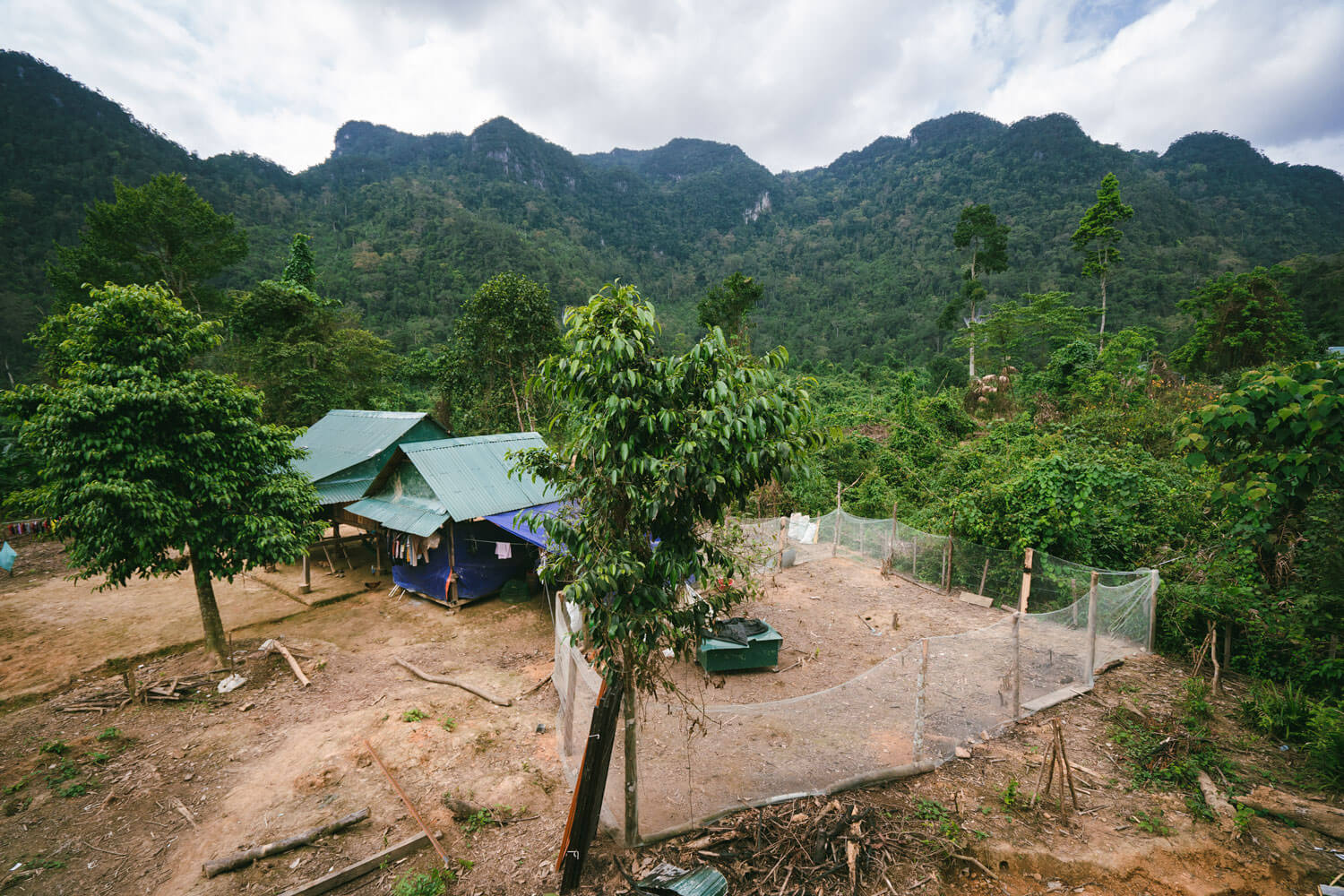
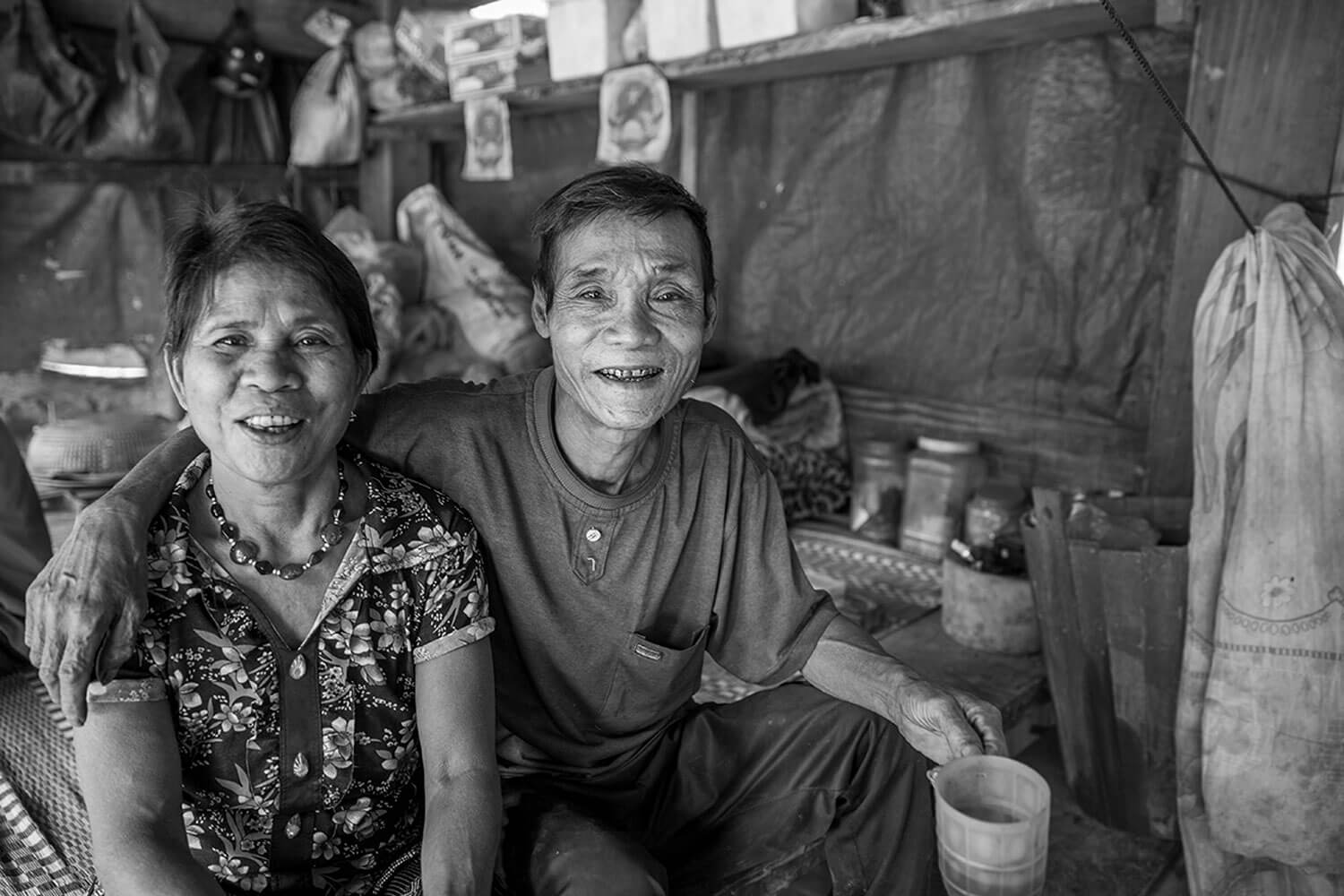
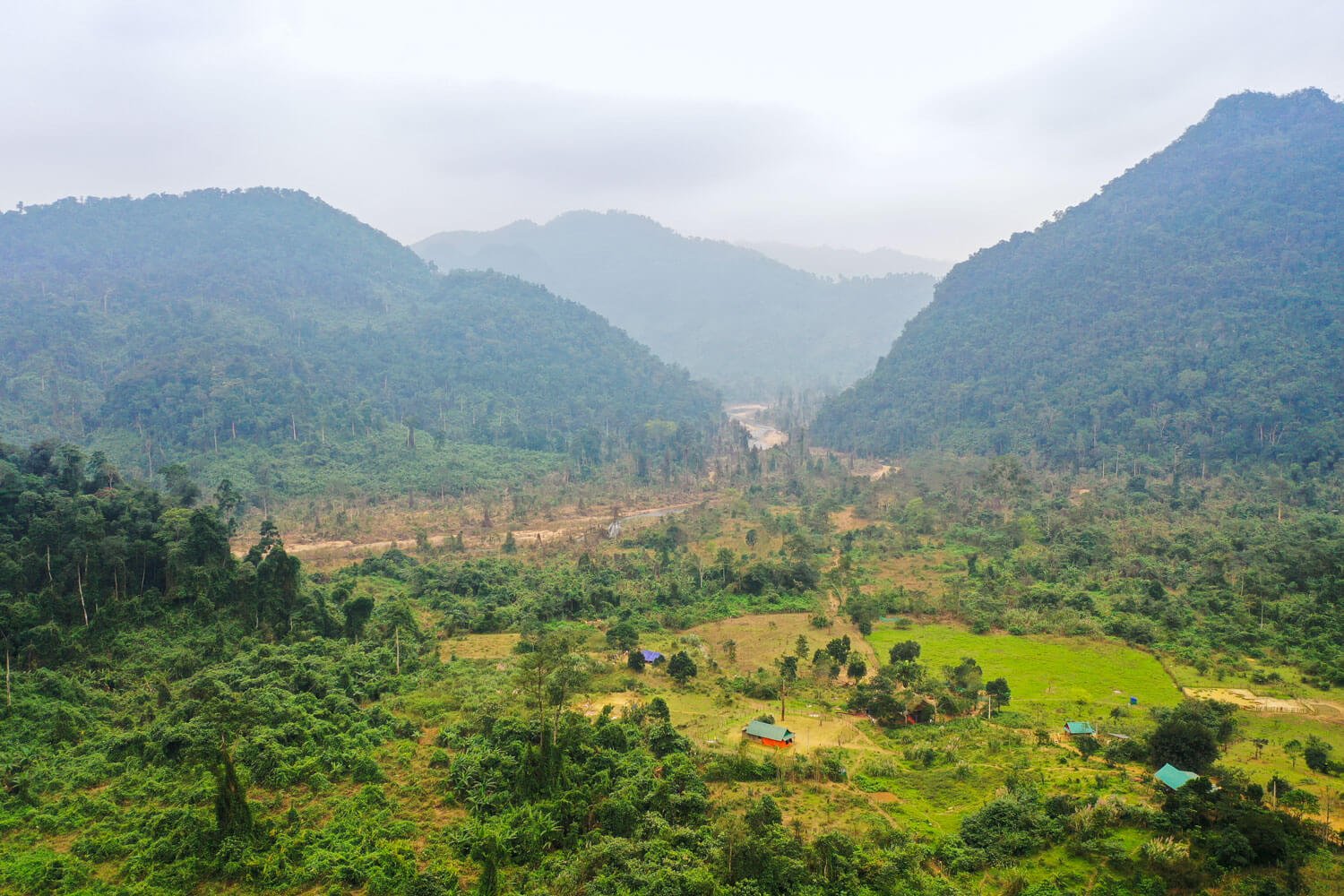
-696x464__638038453277016388.jpg)
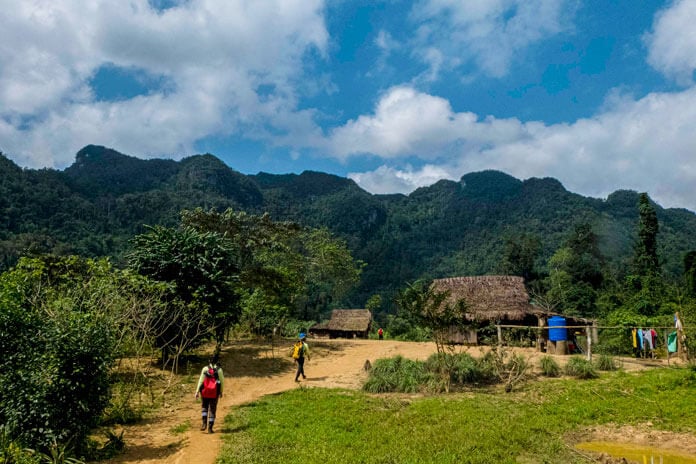
-696x464__638038453378299303.jpg)
-696x464__638038453392052252.jpg)
-696x464__638040139721112126.jpg)
-696x464__638038452436879121.jpg)
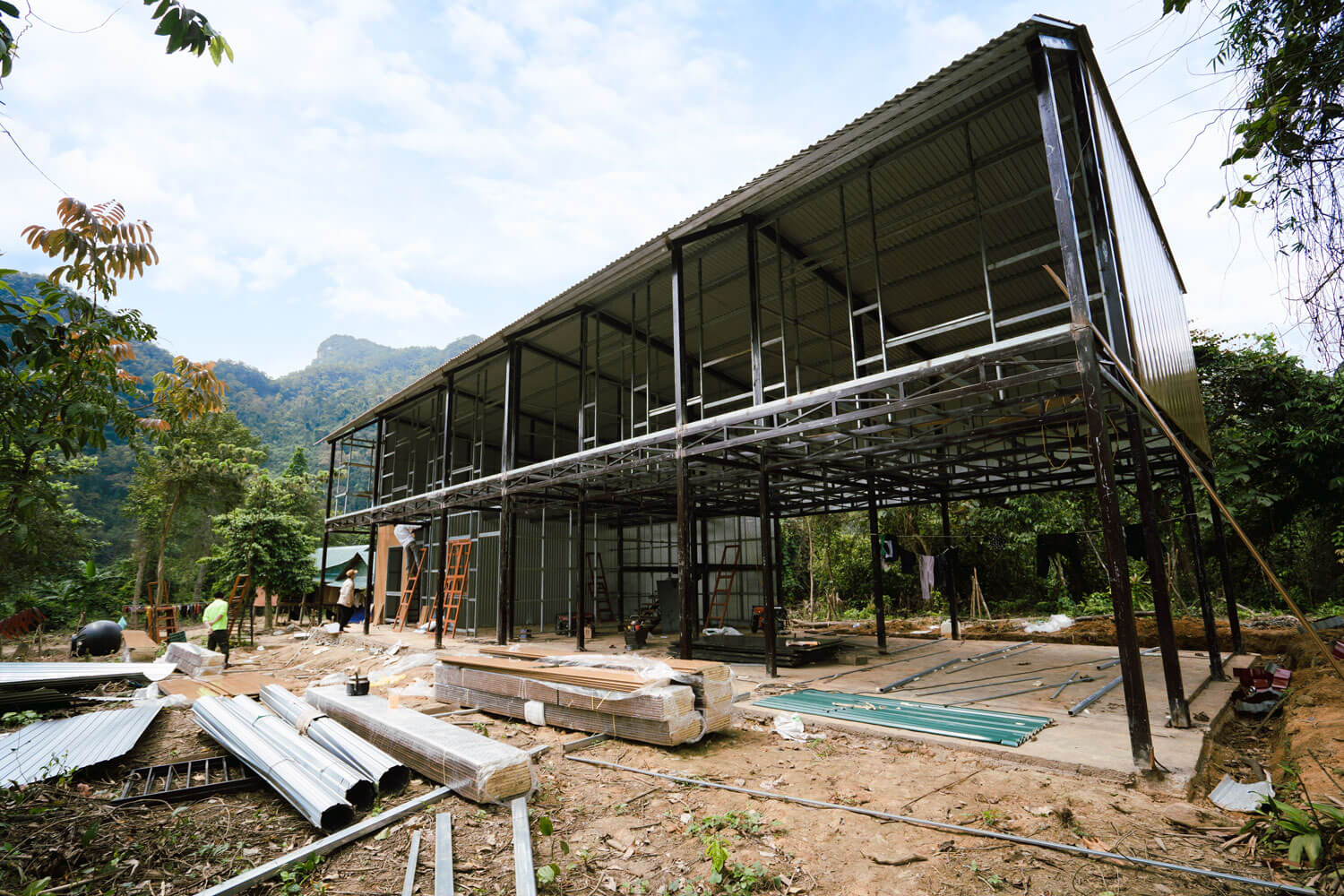
-696x464__638038453218225128.jpg)
-696x464__638038453317773752.jpg)
__637051765075307793.jpg)
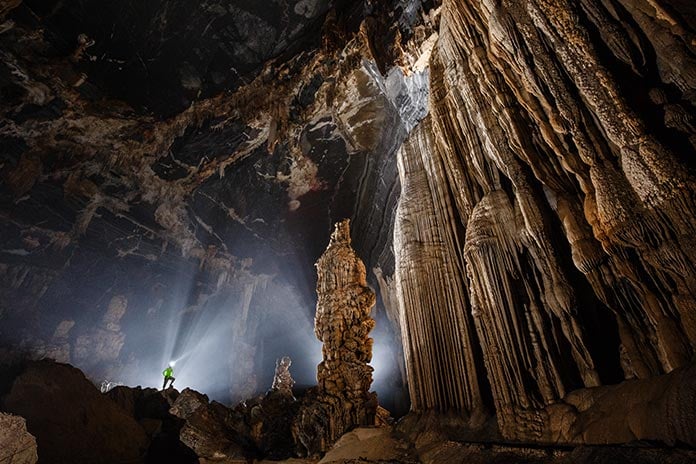
__637051782550081035.jpg)
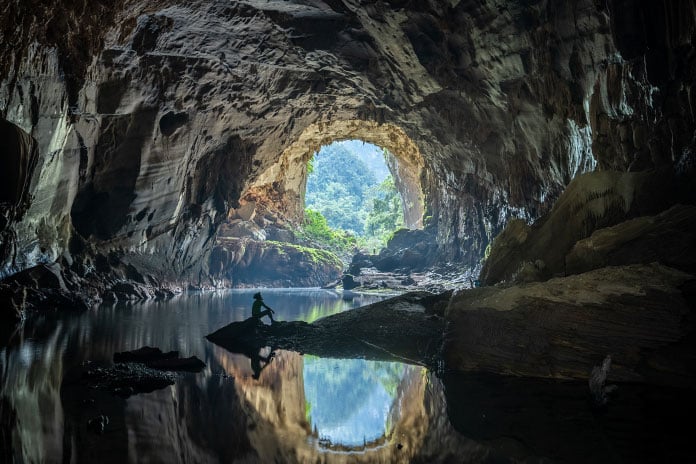
__637051777074859032.jpg)
__637051780703588520.jpg)
__637051781488596056.jpg)
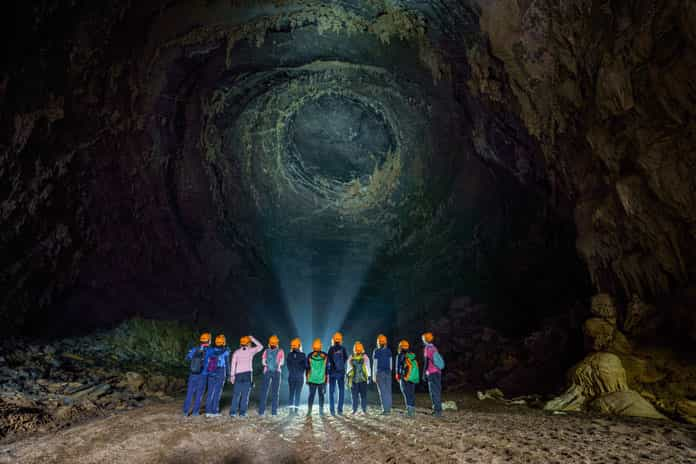
__637051767008903435.jpg)
__637051774329206026.jpg)
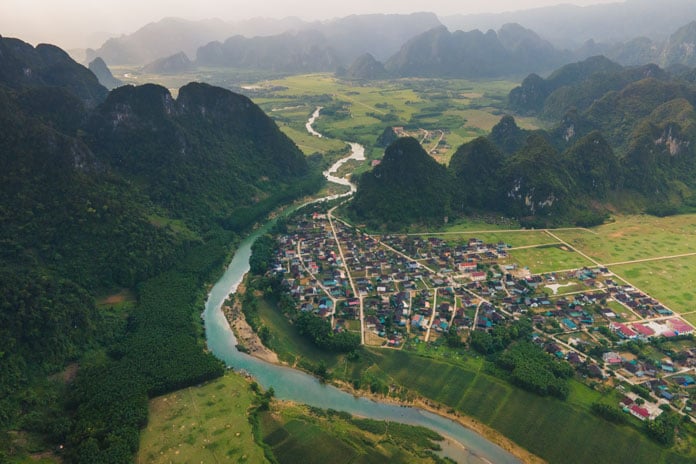
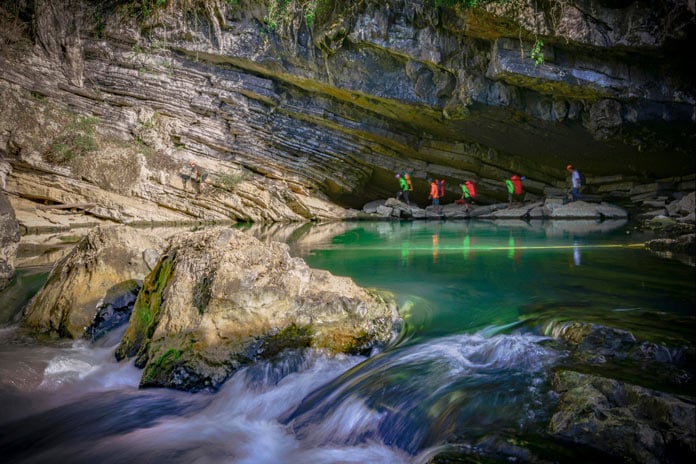
__637740499994967442.jpg)
